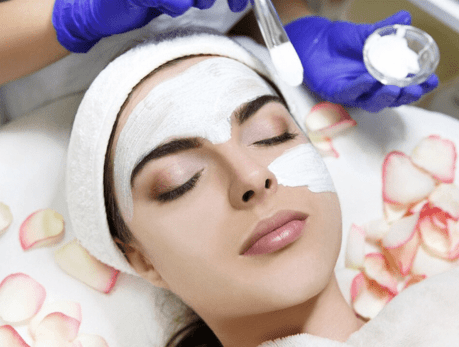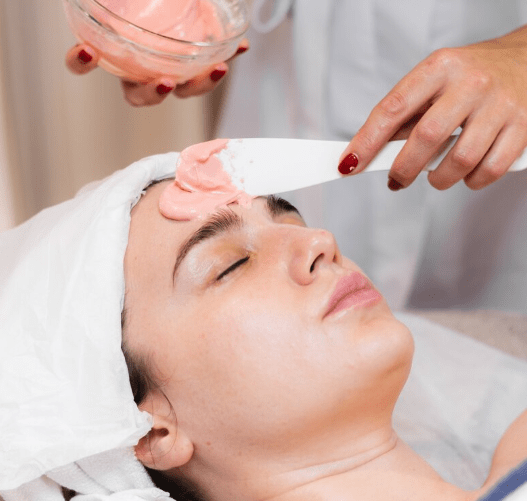Treatment Overview
The Midface Lift with Deep Plane Technique is a highly advanced surgical method designed to rejuvenate the central area of the face — primarily the cheek region, lower eyelids, and nasolabial folds. Unlike traditional facelifts that mostly tighten skin, the deep plane approach repositions the SMAS (Superficial Musculo-Aponeurotic System) layer, ligaments, and deeper soft tissues. This allows the surgeon to restore natural cheek volume, reduce deep folds, and improve under-eye hollowness without creating a stretched or artificial look.
In Korea, this procedure has been refined with meticulous surgical artistry, advanced anesthesia protocols, and enhanced aftercare, ensuring minimal visible scarring and long-lasting, youthful results. Korean plastic surgeons are internationally recognized for achieving soft, natural-looking midface rejuvenation that blends seamlessly with the patient’s facial proportions.
Purpose & Benefits
- Restores youthful cheek projection and smooths nasolabial folds
- Reduces midface sagging without over-tightening the skin
- Improves the under-eye area by lifting the cheek pad upward
- Creates a harmonious, naturally refreshed facial contour
- Long-lasting anti-aging effects due to repositioning deeper structures
Ideal Candidates
- Individuals aged 40–60 with midface sagging and flattened cheeks
- Patients with deep nasolabial folds and hollow lower eyelids
- Those who want long-lasting, natural rejuvenation rather than skin-only tightening
- People with good general health and realistic expectations
Possible Risks & Complications
- Temporary bruising, swelling, and mild tightness
- Numbness in treated areas (usually resolves in weeks to months)
- Asymmetry during early healing phase
- Rare risks include infection, hematoma, or nerve injury
Surgical Techniques Used
- Deep plane dissection beneath the SMAS and facial ligaments
- Release of retaining ligaments to reposition cheek fat pads and muscles
- Small incisions hidden along the lower eyelid or hairline
- Precise tissue repositioning for balanced and natural results
- Optionally combined with lower blepharoplasty or neck tightening for full rejuvenation
Recovery & Aftercare
- Swelling and bruising typically last 1–2 weeks
- Most patients resume work and light activities after 10–14 days
- Final results become more refined over 3–6 months
- Korean clinics offer advanced post-op care such as lymphatic drainage massage, LED therapy, and scar care
- Avoid strenuous activities, alcohol, and smoking for optimal healing
Results & Longevity
- Youthful midface with restored cheek volume
- Smoother nasolabial folds and improved under-eye contour
- Results last 10–15 years, depending on skin quality and lifestyle
- No obvious facelift scars due to hidden incision placement
Treatment Process in Korea
Korea is a global hub for advanced midface lifting techniques, offering a structured, patient-centered approach:
- Comprehensive Consultation & 3D Imaging – Surgeons use 3D facial analysis to create a tailored surgical plan, ensuring symmetry and proportion.
- Anesthesia & Comfort Care – The procedure is performed under general anesthesia or twilight sedation, with advanced monitoring systems for safety.
- Deep Plane Midface Repositioning – Ligaments are released, and the SMAS layer is lifted to a youthful position while preserving natural expressions.
- Optional Combination Procedures – Many patients combine this lift with fat grafting, lower eyelid surgery, or neck lift for a complete anti-aging solution.
- Post-Surgery Recovery Program – Clinics in Korea provide high-tech recovery treatments like ultrasound therapy, swelling reduction masks, and vitamin-infused IV drips to speed healing.
- Medical Tourism Support – For international patients, most hospitals offer airport pickup, translation services, private recovery rooms, and personalized follow-up schedules.
Cost Range
The cost for a Midface Lift with Deep Plane Technique in Korea generally ranges between ₩8,000,000 – ₩14,000,000 KRW (approximately $6,000 – $10,500 USD).
Cost Factors:
- Surgeon’s Expertise: Highly experienced surgeons with international training may charge more.
- Clinic Reputation: Premium clinics with advanced facilities may have higher rates.
- Procedure Complexity: Combining with additional surgeries (neck lift, eyelid surgery, fat grafting) increases the price.
- Aftercare & Packages: Many clinics include aftercare treatments, medications, and even accommodation for foreign patients.
Why Korea is Cost-Effective:
- Despite offering world-class techniques, Korean prices are often 40–60% lower than in the US or Europe.
- High competition among skilled surgeons keeps prices competitive without compromising quality.




